Ganghwa Seonwonsa Temple Site (강화 선원사지)
6.9 Km 12516 2022-09-19
222, Seonwonsaji-ro, Ganghwa-gun, Incheon
+82-32-933-8234
Ganghwa Seonwonsa Temple Site was first discovered in 1976 during a surface examination around Ganghwado Island undertaken by the Ganghwado Island Academic Research Team of Dongguk University. The site was designated as Historic Site No. 259 in 1977. Seonwonsa Temple was built by General Choi Wu in 1245 (the 32nd year of King Gojong’s reign during the Goryeo dynasty), which was right after the transfer of the capital to Ganghwado during resistance against the Mongolian invasion.
The temple was meant to be a spiritual mainstay in fighting against Mongolia. It used to be one of the two largest temples in Korea along with Songgwangsa Temple. However, the temple was completely destroyed during the early Joseon era, leaving only the site itself. The famous wood blocks of Palman Daejanggyeong (the Tripitaka Koreana), currently housed in Haeinsa Temple at Hapcheon, are said to have been originally stored in Seonwonsa Temple. It is believed that the carved wood blocks were taken from Seonwonsa to Heungcheonsa Temple during the Joseon era and again moved to Haeinsa Temple during the reign of Sejo.
Located on a mountain slope, the presumed location of the building site extends 250 meters from south to north and 170 meters from east to west.
Kkokko Orijumulleok (꼬꼬오리주물럭)
7.3 Km 0 2024-02-20
49 Heungsin-ro 239beon-gil, Yangchon-eup, Gimpo-si, Gyeonggi-do
Kkokko Orijumulleok is a self-cook restaurant specializing in orijumulleok (spicy stir-fried marinated duck), a dish made by marinating duck in red chili paste. Patrons pay for their meat, rice, lettuce, mushrooms, and other ingredients, which they cook to their own preference. The self-serve section offers kimchi, ssamjang (mixed paste), garlic, and onions. After enjoying the meat, guests can delight in mixing the rice with laver and vegetables to make a delicious bokkeumbap (fried rice).
Gapgotdon Watchtower (갑곶돈대)
7.8 Km 20624 2021-01-18
18, Haeandong-ro 1366beon-gil, Ganghwa-gun, Incheon
+82-32-930-7077
Gapgotdon Watchtower was built to protect the Ganghwa Straits from invasion when the Goryeo Kingdom moved their capital to Ganghwado Island. The fortified area served as a highly strategic location for the Goryeo Kingdom, and had endured multiple invasions by the Mongolian troops between 1232 and 1270.
The watchtower was fortified in the Joseon dynasty by King Sukjong in 1679 and had once fallen during the French campaign against Korea in 1866. In 1977, the site was restored to its original form. The cannons exhibited at the current site were made during the Joseon dynasty to attack outside invaders from sea.
[Ganghwa Nadeul-gil Course 2] Homeland Fortification Trail ([강화 나들길 제2코스] 호국돈대길)
7.8 Km 23046 2021-08-11
24, Cheonghadong-gil, Ganghwa-gun, Incheon
+82-32-934-1906
The Ganghwa Nadeul-gil Trails are a collection of walking paths along the coast of Ganghwa Island that connect the watchtowers and and walls of Ganghwasanseong Fortress, as well as royal tombs and other historically significant sites from the Goryeo dynasty that dot the island.
[Ganghwa Nadeul-gil Course 2] Homeland Fortification Trail
Course 2 stretches over a 17 kilometer area between Gapgotdon Watchtower and Chojijin Fort. This trail showcases the history of the island and the changes that happened before and after the opening of the port. The course follows a coastal road that is particularly beautiful in spring and fall.
Donggeomdo (Trail, Campground, Art Cinematheque) (동검도(나들길,캠핑,예술극장))
8.2 Km 0 2024-02-20
60 Donggeom-gil 63beon-gil, Gilsang-myeon, Ganghwa-gun, Incheon
Donggeomdo Island is a petite island connected to the main island of Ganghwado Island, celebrated for its stunning tidal flats and coastal vistas. A stroll along the trail on the eastern coast of the island offers visitors a chance to savor diverse natural landscapes, while the scattered campgrounds provide a romantic setting for leisure activities. Notably, the DRFA365 Art Cinematheque, featuring art films, adds to the island's charm and attractions.
Olive Young - Gimpo Gurae Branch [Tax Refund Shop] (올리브영 김포구래)
8.9 Km 0 2024-04-18
21, Gimpohangang 9-ro 76beon-gil, Gimpo-si, Gyeonggi-do
-
Gimpo Dodam Drugstore [Tax Refund Shop] (김포도담 드럭스토어)
9.0 Km 0 2024-04-22
71, Gimpohangang 7-ro, Gimpo-si, Gyeonggi-do
-
E-Mart - Gimpo Hangang Branch [Tax Refund Shop] (이마트 김포한강)
9.0 Km 0 2024-04-22
71, Gimpohangang 7-ro, Gimpo-si, Gyeonggi-do
-
Gimpo Tea Etiquette Museum (다도박물관)
9.0 Km 11374 2021-04-02
187-49, Aegibong-ro 275beon-gil, Gimpo-si, Gyeonggi-do
+82-31-998-1000
The Gimpo Tea Etiquette Museum is a private museum where visitors can learn about the history of Korea’s tea culture, dado, meaning tea ceremony in Korea. Approximately 3,000 tea ceremony utensils are on display within the museum, and outside lies a sculpture park and an open-air installation art museum. The museum also has various auxiliary facilities for holding cultural events and performances. There is a pond, a spacious lawn, and a pavilion where visitors can learn about Korea’s traditional culture and ethics in a natural setting.
Hamheodongcheon Campground (함허동천야영장)
9.1 Km 124030 2024-02-15
13 Haeannam-ro 1196beon-gil, Hwado-myeon, Ganghwa-gun, Incheon
032-930-7066
Hamheodongcheon Campground is a camping site nestled in the Hamheodongcheon valley on the northern slope of Manisan Mountain in Ganghwa-do, inaugurated in 1987. Enveloped by lush forests, it provides a picturesque setting and is especially favored as a summer retreat destination. The first campground accommodates electricity usage and operates through an internet reservation system, whereas the second to fourth campgrounds operate on a first-come, first-served basis without prior reservations.
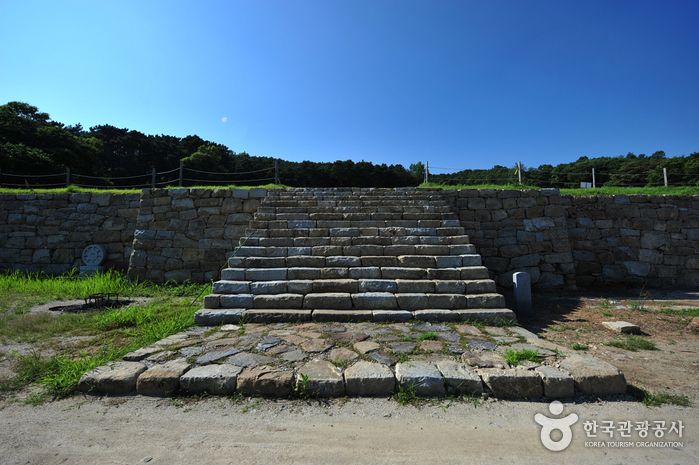
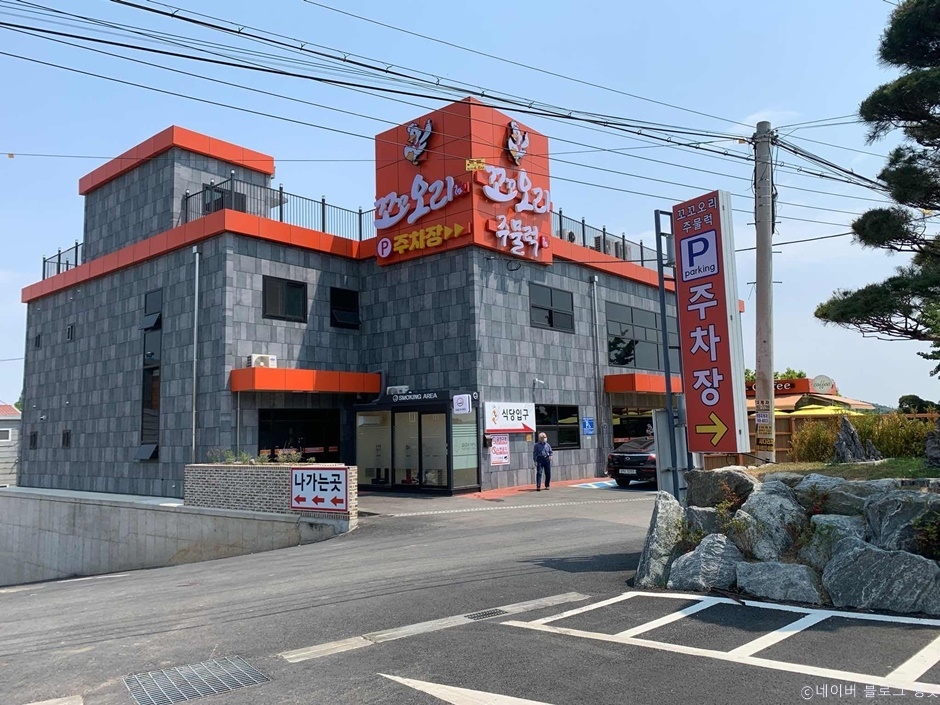
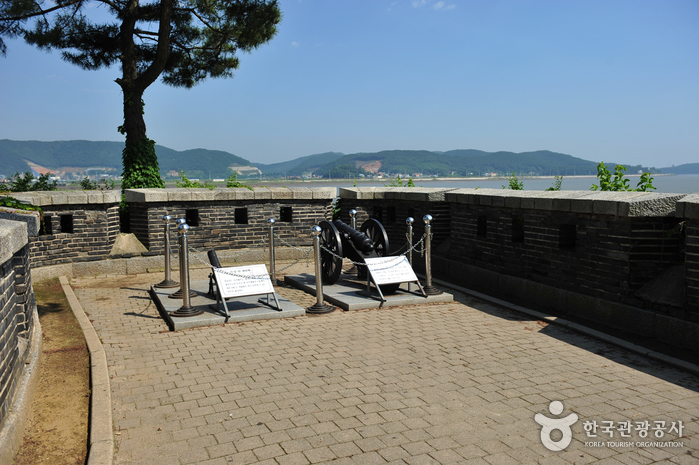
![[Ganghwa Nadeul-gil Course 2] Homeland Fortification Trail ([강화 나들길 제2코스] 호국돈대길)](http://tong.visitkorea.or.kr/cms/resource/05/1895205_image2_1.jpg)
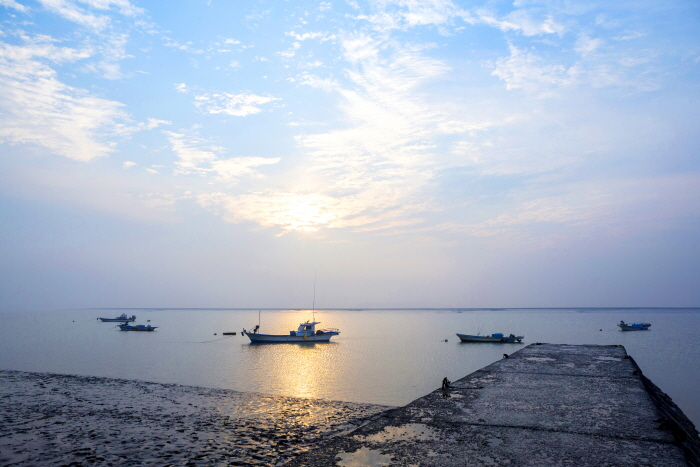
![Olive Young - Gimpo Gurae Branch [Tax Refund Shop] (올리브영 김포구래)](http://tong.visitkorea.or.kr/cms/resource/04/2880504_image2_1.jpg)

![E-Mart - Gimpo Hangang Branch [Tax Refund Shop] (이마트 김포한강)](http://tong.visitkorea.or.kr/cms/resource/06/2880506_image2_1.jpg)
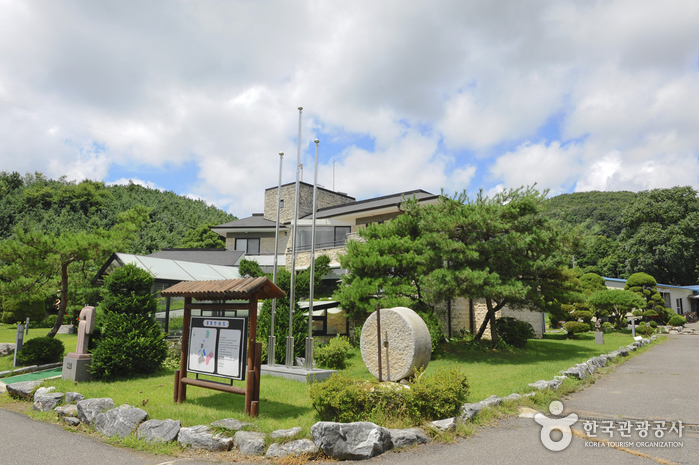
 English
English
 한국어
한국어 日本語
日本語 中文(简体)
中文(简体) Deutsch
Deutsch Français
Français Español
Español Русский
Русский